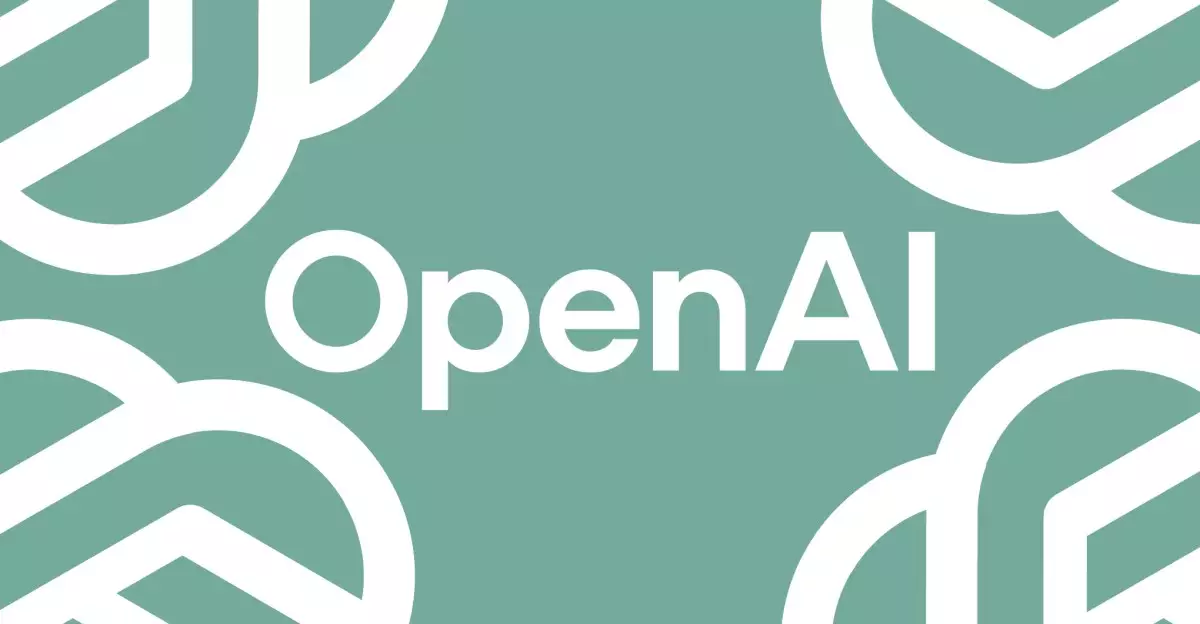OpenAI has decisively positioned itself as a vanguard in artificial intelligence with the launch of GPT-4.1, a sophisticated paradigm shift from its predecessor, GPT-4o. This latest multimodal model prioritizes efficiency and capability, boasting a significantly expanded context window that allows for processing a staggering one million tokens, a drastic upgrade from the previous limit of 128,000 tokens. This innovation is not merely a numerical increase; it represents a profound enhancement in how the model interprets and generates responses, effectively accommodating longer and more complex prompts. During a recent livestream, OpenAI confidently asserted that GPT-4.1 significantly outperforms GPT-4o in nearly every relevant metric, emphasizing its impressive advancements in coding abilities and instruction comprehension.
A Tailored Approach for Developers
OpenAI has also introduced more accessible variants of this new model: GPT-4.1 Mini and GPT-4.1 Nano. These versions are designed with developers’ needs in mind, striking a balance between affordability and capability. The Mini version offers cost-effective options for burgeoning developers, while the Nano stands out as the lightest and most efficient model to date, aimed at maximizing speed and minimizing resource expenditure. This strategic move empowers developers to experiment and innovate without the financial burden previously associated with such advanced AI models.
The affordability aspect cannot be overstated; with a reported 26 percent reduction in cost when compared to GPT-4o, OpenAI has acknowledged the competitive landscape shaped by companies like DeepSeek. Such pricing strategies reflect a commitment to democratizing AI access, allowing smaller enterprises to adopt cutting-edge technology without exorbitant costs.
Noteworthy Upgrades and Future Directions
With plans underway to phase out the older GPT-4 model by the end of this month, the transition signals a fundamental shift in OpenAI’s approach. Industries relying on the existing models will need to adapt rapidly to the new benchmarks set by GPT-4.1. This evolution is not just about replacing an older model; it highlights OpenAI’s acknowledgment of fast-evolving operational demands, particularly in coding and complex instruction execution.
Furthermore, the decision to deprecate GPT-4.5 suggests a refined focus on delivering high-performing models that are cost-effective and user-friendly. OpenAI’s characteristically proactive approach ensures that users are no longer paying for features they might not utilize, thereby fostering a more sustainable AI ecosystem.
The Bigger Picture
As companies like OpenAI continue to innovate, the ramifications of these advancements on various fields are profound. From streamlining workflows in software development to revolutionizing content generation in media and marketing, GPT-4.1 is poised to influence multiple sectors significantly. Acknowledging the incredible capabilities of GPT-4.1 and the strategic decisions surrounding its launch provides a sneak peek into a future replete with possibilities for leveraging advanced AI in practical and transformative ways.
While the release of GPT-5 is anticipated, pushing its timeline indicates that the challenge will be to consistently raise the bar—ensuring that each iteration meets or exceeds the expectations set by its predecessors. OpenAI’s philosophy underscores the importance of responsible innovation, setting a precedent in the tech industry that could inspire others to prioritize both progress and ethical considerations. This dedication may ultimately yield AI models that are not only powerful but also aligned closely with the needs of their users and society.


Leave a Reply